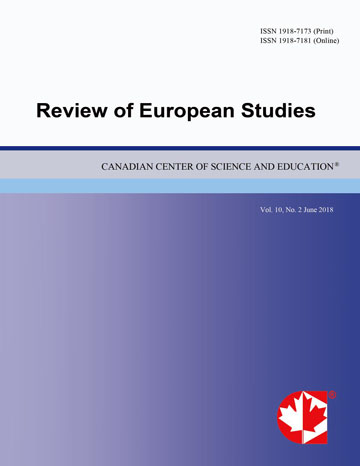Theoretic and Methodological Bases for the Organization of Ethnic Tours for Children
- Svetlana N. Fedorova
- Elena V. Alekseeva
- Valentina V. Konstantinova
- Maria V. Lezhnina
- Zoya V. Medvedeva
Abstract
Ethnic tourism is one of the trends of tourism with its own distinguished ethnical, language and cultural components. The purpose of this type of tourism is to get acquainted with the way of life, culture, traditions and customs of the people who live in harmony with the natural environment.
The Republic Mari El is a region where many nationalities and ethnic groups live in friendship and consent. But the nation, entitled to this territory, remains the Mari, who, regardless of the assimilation process, managed to preserve their own language, traditional folk clothes, their customs and traditions, their philosophy and religion, folk songs and dance.
When organizing an ethnic tour, the content of the tour and the form of the organization of the children’s activity should be clearly defined. This also involves defining the level of the students’ awareness of the aspects of history and culture, as well as biography and geography.
The acquired results of the survey helped to specify the content of ethnic tours for children in the Republic Mari El.
As a form of organization of ethnic tourism we suggest visit in our Republic’s cities and districts, organizing game program sand trainings, as well as meetings with the famous folk craftsmen, participating in folk feasts, etc. The final form of ethnic tourism activity is a research and practice conference, where the students present their own research projects.
- Full Text:
 PDF
PDF
- DOI:10.5539/res.v7n8p262
Index
- ACNP
- CNKI Scholar
- DTU Library
- Elektronische Zeitschriftenbibliothek (EZB)
- EuroPub Database
- Excellence in Research for Australia (ERA)
- Genamics JournalSeek
- Google Scholar
- Harvard Library
- HeinOnline
- Infotrieve
- JournalTOCs
- Mir@bel
- Open policy finder
- RePEc
- ResearchGate
- ROAD
- Scilit
- Technische Informationsbibliothek (TIB)
- The Keepers Registry
- Universe Digital Library
- WorldCat
Contact
- Paige DouEditorial Assistant
- res@ccsenet.org
